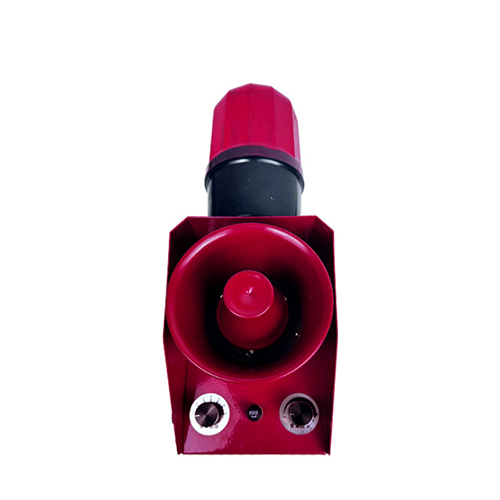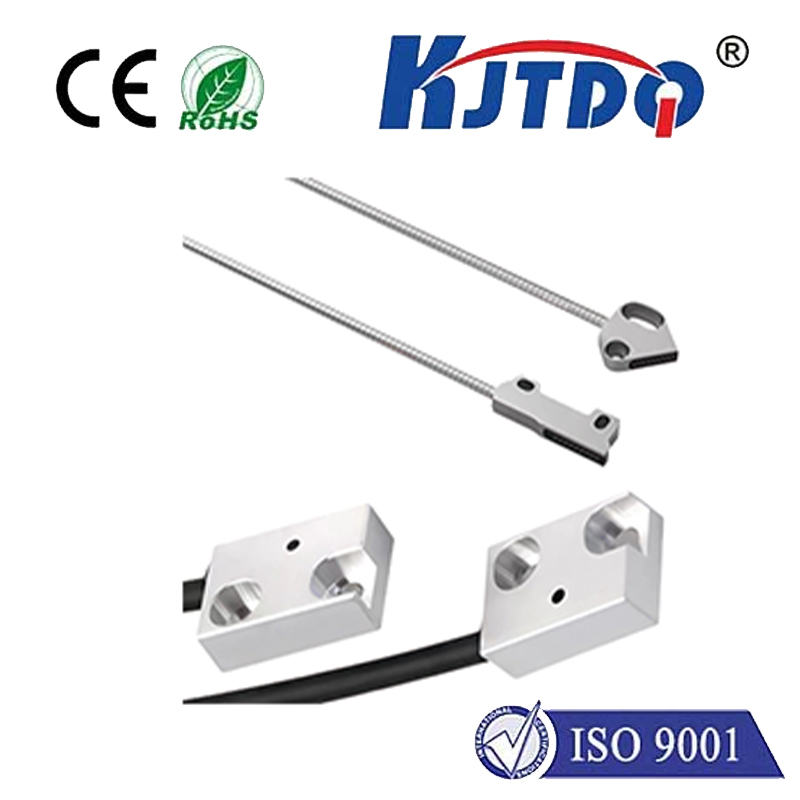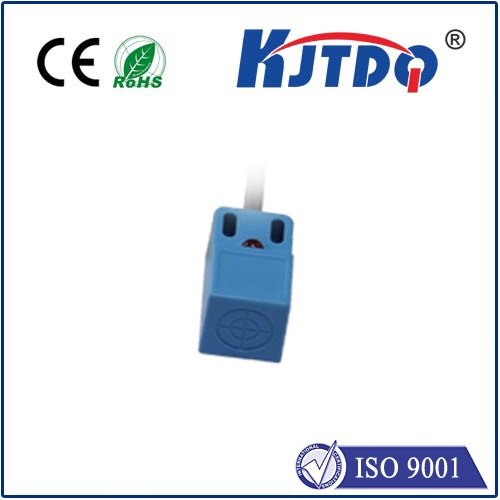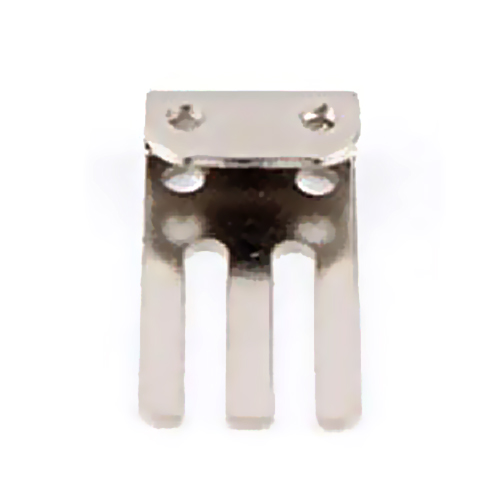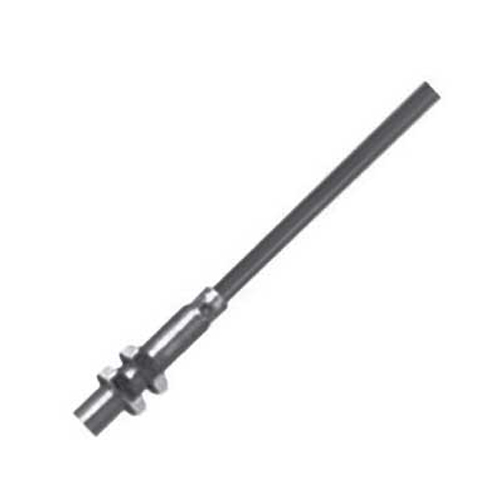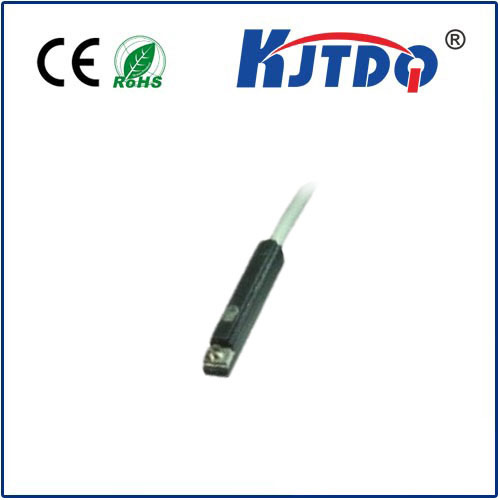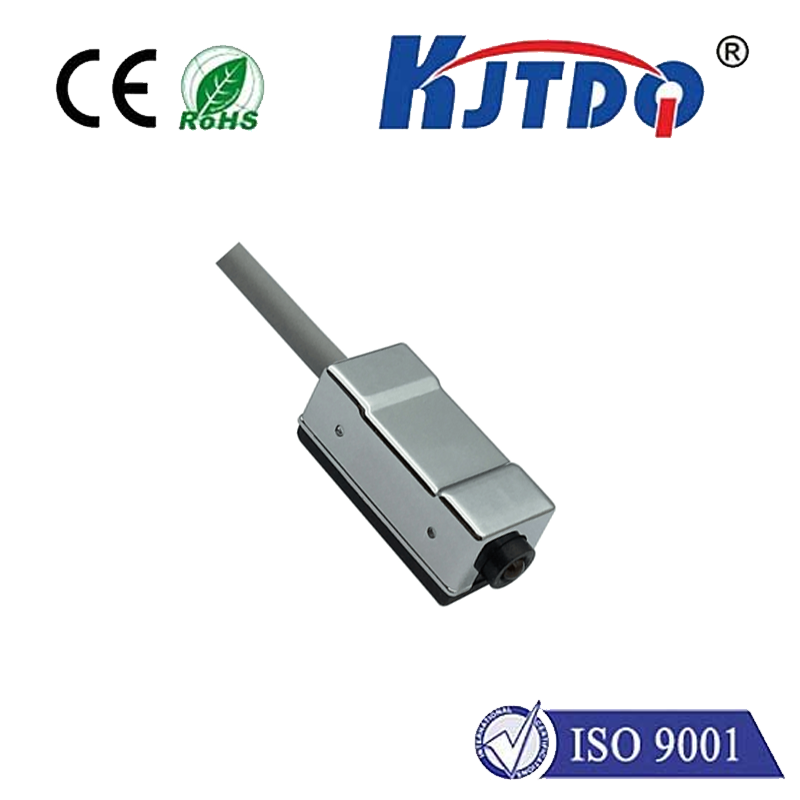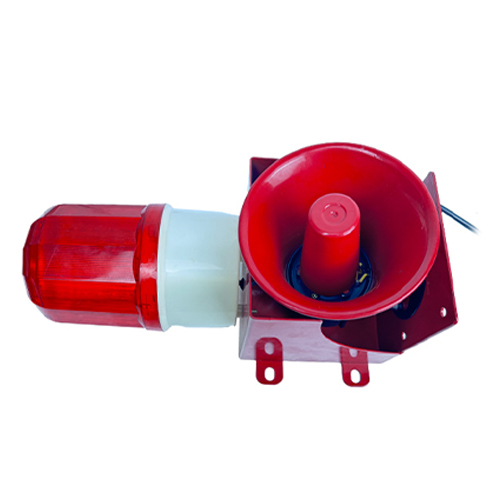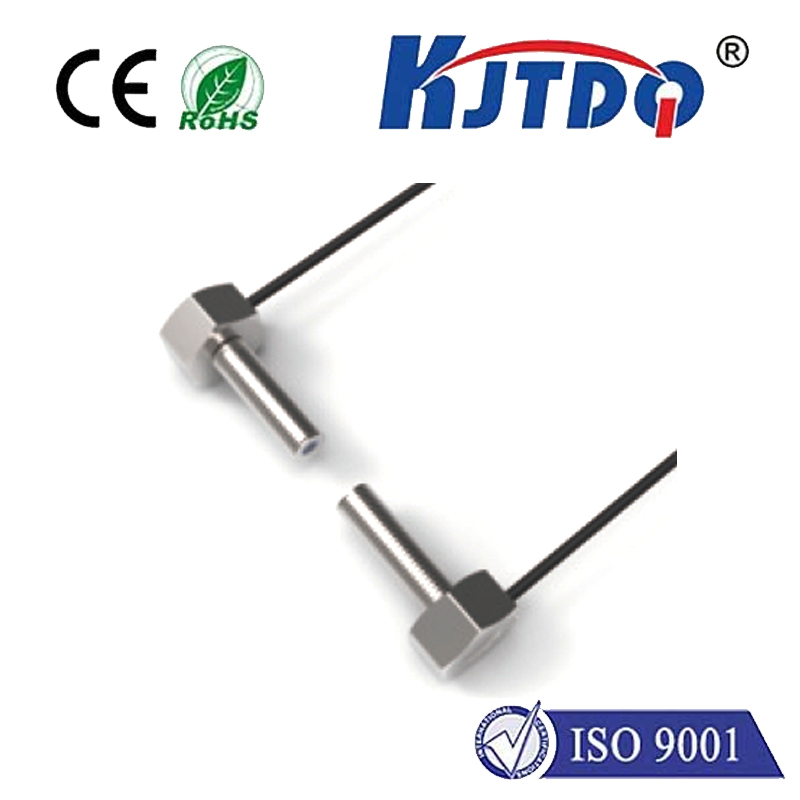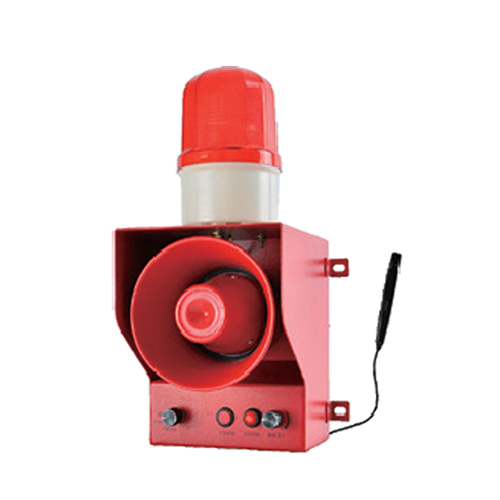

check

check

check

check

check

check

check

check

check

check
Title: Enhancing Distance Measurement Efficiency with Laser Interferometer Technology
Introduction:
In the realm of scientific research and various industrial applications, accurate distance measurement is crucial. While traditional methods such as rulers and measuring tapes have been used for centuries, modern technology offers more precise and efficient solutions. One such innovation is the laser interferometer, a powerful tool that combines laser technology with interference principles to measure distances with remarkable accuracy.
Section 1: Understanding Laser Interferometers
The laser interferometer consists of two mirrors separated by a small gap. When a laser beam passes through both mirrors, it interferes with itself, creating constructive and destructive interference patterns. By analyzing these patterns, the interferometer can determine the distance between the mirrors. The distance traveled by the laser beam can be calculated based on its wavelength, frequency, and power.
Section 2: Advantages of Laser Interferometers over Traditional Methods

Compared to traditional distance measuring tools, laser interferometers offer several advantages:
1. High accuracy: Laser interferometers can measure distances to within several micrometers, making them ideal for precision applications.
2. Fast measurements: The process of interferometric measurement takes only a few thousandths of a second, significantly faster than other methods like photography or triangulation.
3. Easy installation: Laser interferometers are relatively simple devices that require minimal setup compared to complex equipment like microscopes or telescopes.
4. Universality: Laser interferometers can be used to measure distances in various environments, from air to solid surfaces, making them suitable for diverse applications.
Section 3: Applications of Laser Interferometers
Laser interferometers have numerous practical applications in industries such as:
1. Optical communication: They are widely used in fiber-optic cable manufacturing to ensure precise alignment between fibers during transmission.
2. Scientific research: Laser interferometers enable researchers to study the properties of subatomic particles and manipulate light at the atomic level.
3. Industrial metrology: In manufacturing processes, laser interferometers are used to measure dimensions and positions of components with high precision.
4. Medical imaging: Laser interferometers facilitate non-invasive procedures like blood flow visualization, tissue thickness measurement, and cancer screening.
Conclusion:
Laser interferometer technology has revolutionized distance measurement efficiency by offering unparalleled accuracy and speed. As advancements in this field continue, it is expected that laser interferometers will find even broader applications across various industries, further enhancing our ability to measure distances with precision and reliability.
